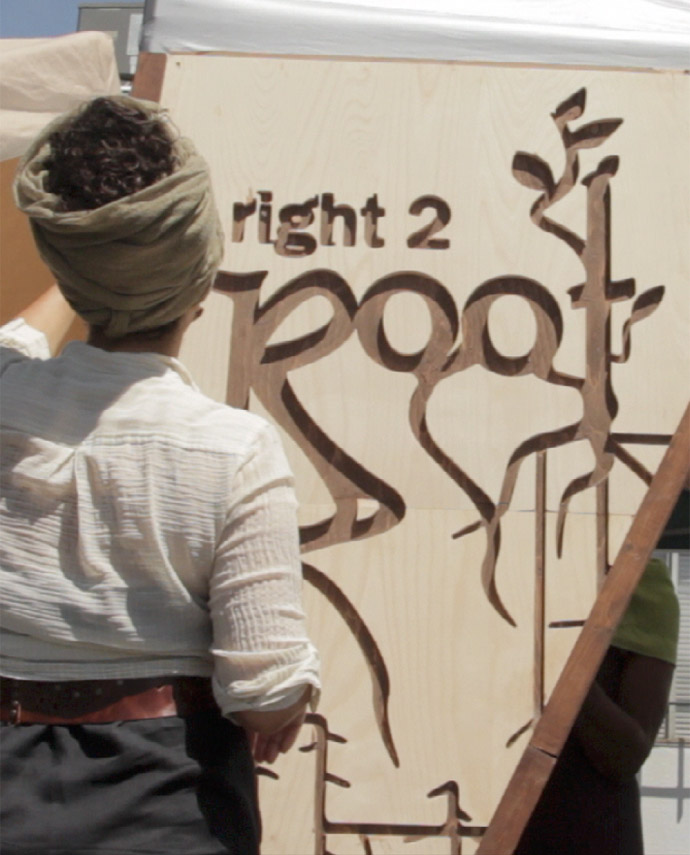INNOVATE+MAKE+HEAL
We are the ones we’ve been waiting for. Community begins with the People in it. The environment or place—natural and built—can help or hinder our ability to live, survive and thrive.
Driven by community goals, aspirations and assets, Right 2 Root works directly with community members to share knowledge and tools about how to build community power and partnerships to transform and leverage our feelings into action.
We believe that the most sustainable and impactful interventions will be made with, for and by us, while also understanding the role and necessity of champions, allies, advocates and experts working alongside us to make our plans manifest.
Our ultimate goal is to build resilience and assets in the African American community as a way to prevent and mitigate adverse effects of revitalization, growth economy and climate change, as well as to harness the tools of community redevelopment to RE/Construct our communities.
We use a public health approach to shift our understanding of the root causes of health/ wealth disparity from individual blame to institutional causation, as well as to identify and innovate impactful upstream solutions that hit the multiple bottom lines—social, economic, environmental, health and wealth.
We understand that SERIAL POVERTY is the problem; that INEQUALITY IS MAKING US SICK.
We let the data drive our work to where the need is greatest, and we center the most impacted early and often.
Our goal is to close disparity gaps, and reach parity in inputs and outcomes within this generation.
RIGHT 2 ROOT PROPOSES THAT COMMUNITY RE/CONSTRUCTION REQUIRES US TO USE:
-
ASSET-BASED COMMUNITY DEVELOPMENT (ABCD), an approach that catalyzes change and initiates development based on utilizing the existing gifts and capacities of people and their communities. The ABCD model discourages development brought in from an outside source, but rather energizes change and development from within.
-
A HUMAN-CENTERED DESIGN PROCESS. PEOPLE BEARING THE BURDEN MUST LEAD, OWN, DECIDE, CO-CREATE, IMPLEMENT. Starting with the people you’re designing for and ending with new solutions that are tailor made to suit their needs.
Communities experiencing late-stage gentrification are in crisis; best precedents and most-promising practices are needed to address and mitigate!

Right 2 Root campaign—of Radix’s Community RE/Construction 3.0 Initiative — is aimed at addressing the impacts of gentrification on Black communities through a health/wealth strategy.
We co-create innovative solutions to maximize health, innovation and maker opportunities for our most vulnerable; prioritize community redevelopment and resource allocation through an equity lens; and foster resilience to weather the physical, emotional, socio-economic and cultural impacts and burdens caused by the root shock of multigenerational, serial forced displacement.











